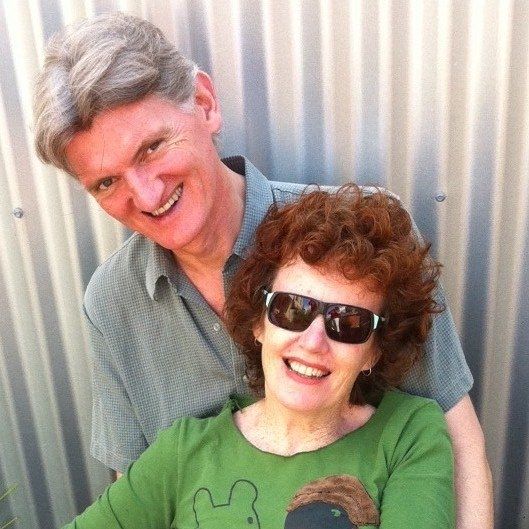Waves breaking on the rocky shore. Pebbles sighing. Ferries plying the waters of the Adriatic. Fishing boats out at sea. We’re walking the Via Francigena Sud, a 950-kilometre route following the ancient Appian Way southwards from Rome. After walking through Lazio and across the mountains of Campania, we arrive in the port city of Bari. From here, we’ll hug the coastline until we reach Santa Maria di Leuca on the southernmost tip of the Salento peninsula, where the Adriatic and the Ionian Sea meet.
Read MoreCategory: All Articles

Apennines to the Adriatic, Via Francigena Sud
We wake to the deep silence of the contemplative Monastery of Santa Catarina. There’s heavy rain forecast and it comes early. The beautiful Trebulani Mountains are lost to us. We’re walking the Via Francigena Sud, a 950 km route following the Appian Way southwards from Rome. After 10 days in Lazio, we turn inland towards the mountainous Campania.
Read More
Ten Days in Lazio, Via Francigena Sud
One fine spring morning, we stepped out to walk the Via Francigena Sud. It’s a 950-kilometre route following the ancient Appian Way from Rome to Santa Maria di Leuca. Emperors, poets and popes have gone before us, as have pilgrims and crusaders bound for the Holy Land.
Read More
Six things you need to know about the Via Francigena
1. Why would anyone want to walk 2,000 km?
It’s a very good question and one that we asked ourselves when we met Helaine on the Via de la Plata in 2008. She had started and intended to finish the Via Francigena. To be honest, we thought it a crazy notion.
Then, towards the end of 2021, after two years of COVID lockdowns and restrictions, we started wondering how we should respond to the constraints; sometimes we hadn’t been able to walk further than 5 km from our home (Melbourne, Australia). As we talked, it became clear that to put COVID-19 behind us we needed to walk, and the further the better. Helaine and the Via Francigena re-entered our consciousness. To walk 2,000 km over three months through five countries felt like the appropriate way to embrace a newly re-opened world.
Read More
Via degli Dei (Path of Gods), Italy
Late one summer, we set out to walk the Via degli Dei, an ancient pathway travelled since the time of the Etruscans. The 130-kilometre-long path crosses the beautiful Apennines, linking Bologna with Florence. It threads through forests, across mountain ridges and in and out of old Italian villages.
Pagan divinities give names to the mountains that the route crosses; Adonis, Jupiter, Venus and Lua, the goddess of atonement. They also give the route its name; the Path of Gods.


Thames Path, England
Mid-Summer, 2022
Our Thames Path walk takes us from the source of the river in the rolling Cotswold Hills, through historic cities, quaint villages and beguiling English countryside before passing through the heart of London and finishing at the Thames flood barrier. It’s a meandering journey of 185 miles (300 kilometres).
Read More
Via Francigena: All Roads Lead to Rome
In Tuscany, all the roads to Rome converge. After walking by ourselves for 1,600 kilometres, we become part of a loose band of pilgrims that coalesces, embracing solitude by day and sociability in the evenings.


Via Francigena: Walking into Tuscany
After we leave the beautiful mountains of the Alps behind, we descend through the foothills of Piedmont and enter the flatlands of the Po Valley.
For hundreds of kilometres, we walk among flooded rice paddies and follow canals, past abandoned and now derelict Cascine, farm complexes where peasant families lived and worked their entire life under the control of the farm owner.




Via Francigena: Crossing the Grand St Bernard Pass
The Grand St Bernard Pass at 2,469 metres is one of the highest and most ancient routes through the Alps. It has been in use since the Bronze Age when people forged a trading route between northern Europe and Italy. It is snowbound for at least eight months of the year and the crossing can be hazardous, even in summer.
Read More
Via Francigena: Celebrating in Champagne
The renowned champagne-producing areas of Reims, Trépail, Châlons-sur-Champagne and Bar-sur-Aube are dotted along this section of the Via Francigena. The hillsides of vines are bright green with spring’s new growth and we walk with a lightness in our step.


